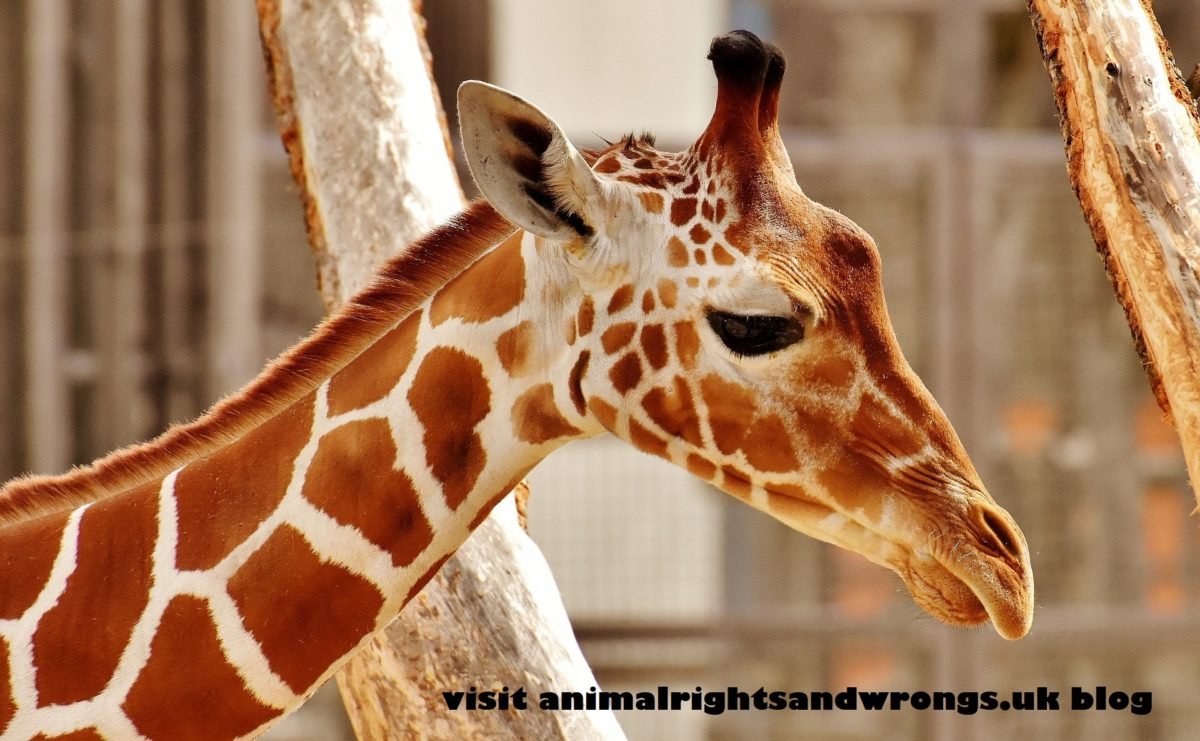-
What is Zoonasia?

We seem to have little knowledge or understanding of the secret world of ‘disposal of genetic surplus’ or in layman’s terms – the euthanasia of zoo animals not suitable for breeding in the opinion of science. The declared dogma of most reputable zoos is that of a scientific and research emphasis based on doing everything…
-
A Vet’s Life – compassion fatigue, burnout and suicide.

Veterinarians are stressed. Keeping our pets and farm animals healthy and alive and well appears to make veterinarians sick and suicidal. Apparently, it is not a bed of roses for veterinarians and many consider the profession an extremely stressful one. They are allegedly four times more likely to commit suicide than us ordinary folk, twice…